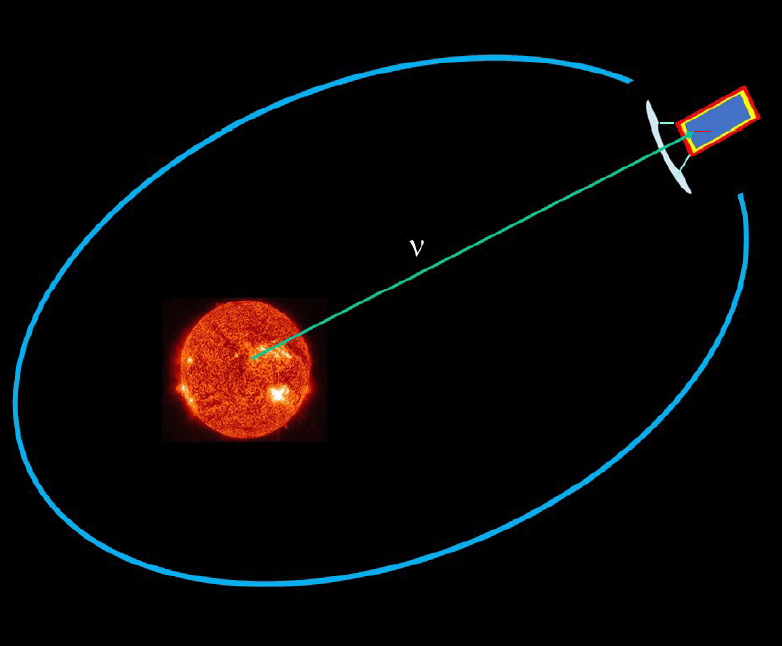Nickolas Solomey
Wichita State University
A small scaled-down neutrino detector prototype is proposed to be built and tested in the lab that provides the means to mature the measurement technique and detector technology for an eventual spaceflight probe mission for detecting neutrinos in close orbit of the Sun. The detector will be based upon design studies from the NIAC Phase-I work. With the intensity of solar neutrinos substantially greater in a close solar orbit than on the Earth only a small 250 kg detector with proper shielding and surrounding veto array is needed to perform equal to a 3,000 ton detector on Earth. In addition, solar neutrino detector will be able to do unique science not obtainable by an Earth based experiment.
The NIAC Phase-I grant took this simple new idea and did detailed simulations of the best detector method and has shown in this nine month effort that there is a way to operate the detector searching for a timed double pulse that eliminates most of the background from high rate gamma and cosmic rays that produce only single pulses. We also showed that the science achievable by such a small detector system can be significant on or off the ecliptic plane of the planets and that going closer to the sun than the neutrino decoupling distance of 30 solar radii yields new physics studies. The research in our Phase-II proposal will be in three parts: build and test a small prototype detector in the lab using cosmic rays and sources, finish off the details of the physics simulations and develop a concept mission launch, orbits and costs for an explorer class mission.
Science studies fall into three parts: solar physics – the study of the nuclear furnace in the interior of the Sun, particle physics that can be done with the solar neutrinos generated, and nuclear physics – matter effects on neutrino propagation and dark matter studies. With a close orbiting satellite, the studies could be expanded due to the larger event rate. For a satellite out of the ecliptic plane, views of the nuclear fusion core from various solar latitudes could allow for a 3D image of the fusion core. Maturing this approach for space flight is of major importance since none of the techniques currently used in ground based solar neutrino detectors have been demonstrated in space flight. Given that the potential science returns as reviewed above, laboratory-based testing and development of detector technology for these missions is needed, and based upon the positive NIAC Phase-I results, several ideas are ready to be tested and evaluated in the lab. Technology for neutrino detectors is well established but by NASA standards is not flight ready technology. This proposal aims to study the science and detector technology doing construction of lab test prototypes. The goal of these studies will be understanding the initial converted electron from neutrino interactions using beta and cosmic-ray triggers and the measurement of the gamma-ray energy resolution which in neutrino interactions would be a delayed secondary gamma ray. Studies of the Gallium dopant effects on light transmission and veto array designs will be investigated. If performance matches ongoing simulations, then all of this would advance the technical readiness level. This is a goal that can be achieved in a two year study and with review by NASA we should be able to find the best path for a future technology demonstration flight to verify the maturation. The future test flight article could be a CubeSat and would be suitable for deployment from the ISS or as a secondary payload on other missions.































